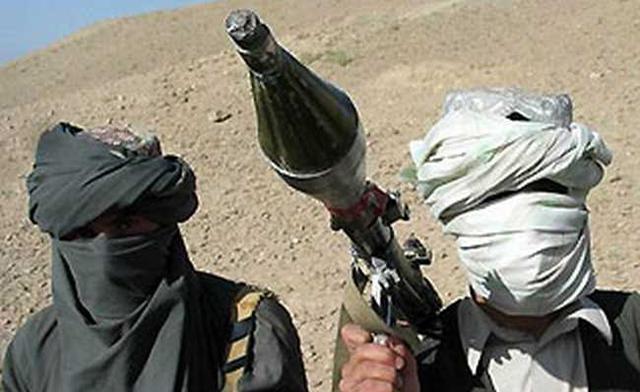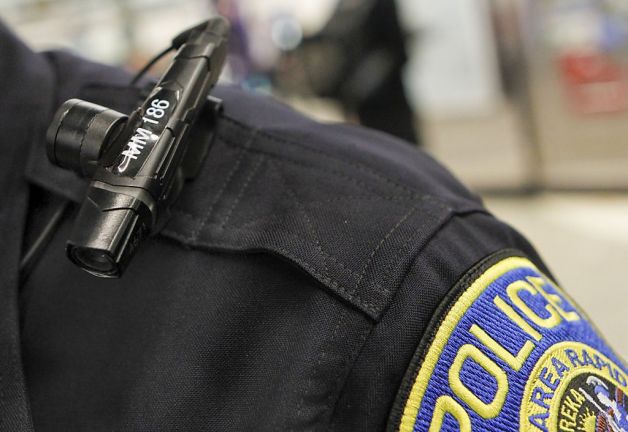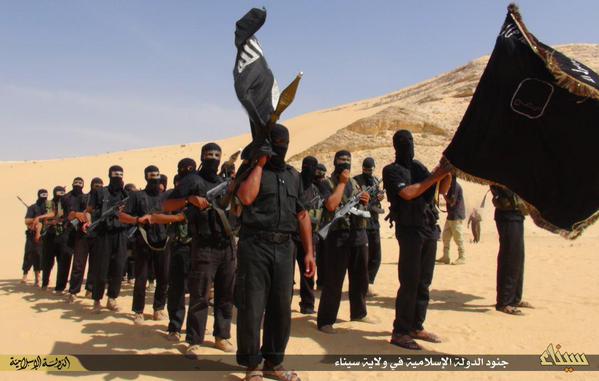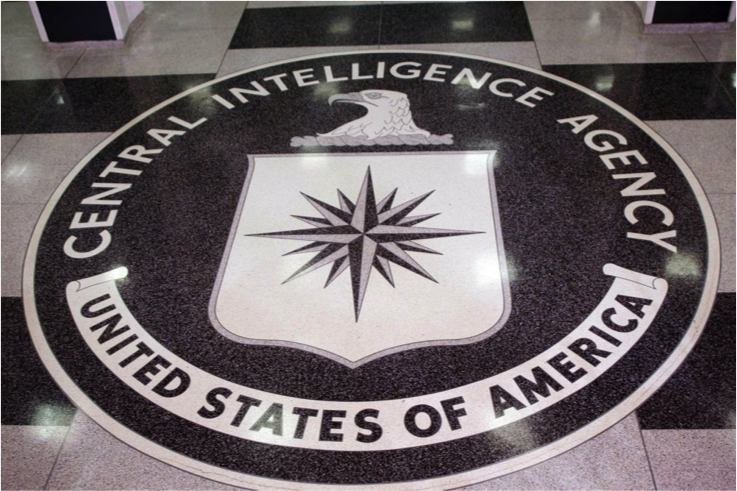Al Qaeda is always adapting its ideology to changing times. This means that there have been three different generations of al Qaeda. The first generation spanned from the creation in the late 1980s right up to the 9/11 attacks, the second generation lasted from the overthrow of the Taliban in 2001 up to the Arab spring. The third generation, al Qaeda 3.0, represents a culmination of all the experience of the previous two generations.
Al Qaeda 3.0 still possesses a leader and a central command unit; however, it is more decentralised. Al Qaeda as a whole can no longer just be seen as a global terrorist organisation, but as an ideology in itself. Although the structure that was built in Afghanistan has been destroyed, and there is no longer a central hub for Islamic militancy, the al Qaeda ideology or “al Qaedaism”, is growing stronger every day. Ideas cannot be killed through military tactics and the writing of figures such as Anwar al-Awlaki and Abdullah Azzam remain the most downloaded jihadi materials even years after their deaths. The ideology behind al Qaeda is indeed growing stronger each day. With the destruction of its hub in Afghanistan, the organisation has had to employ dramatic changes. With Ayman al-Zawahiri as the new head of al Qaeda central, some affiliates such as al Qaeda in the Islamic Maghreb (AQIM) will play a more important role in the future of al Qaeda.
There are three differing accounts of al Qaeda. The first is a hierarchical organisation with a clear chain of command and control, which resembled a spider web with Osama bin Laden at the centre surrounded by sleeper cells around the world. The second is the idea of a franchise operation with the al Qaeda leadership sponsoring acts of terrorism subcontracted out to local groups on behalf of the wider movement. The third account is that al Qaeda simply represents an ideology which could be claimed by anyone who identified with certain beliefs. This is a well structured assessment; and in fact, all three of those accounts are true, or were true at certain stages in the development of al Qaeda.
A better assessment of al Qaeda’s new structure might be that it is a complex adaptive system. Al Qaeda is now composed of multiple adaptive networks, which possess the ability to evolve and learn from experience. Al Qaeda 3.0 can most accurately be divided into a five-tier system that allows for all the competing images to be accounted for. These are al Qaeda central, affiliated groups, allied groups, allied networks and inspired individuals.
The first tier is al Qaeda central which encompasses the core leadership with remnants of the pre-9/11 al Qaeda organisation. Al Qaeda central is most likely located in the mountains on the border between Afghanistan and Pakistan and is headed by Ayman al-Zawahiri who had previously served as Bin Laden’s deputy. There is the possibility that like Bin Laden, al Qaeda’s central leaders are living comfortably in Pakistan under protection from the Inter-Services Intelligence of Pakistan (ISI).
The second tier is comprised of the al Qaeda affiliates and associates, which have played an extremely important role in al Qaeda 3.0 since both the Arab spring and the death of Bin Laden. Groups such as al Qaeda in the Arabian Peninsula (AQAP) and al Qaeda in the Islamic Maghreb (AQIM) have adapted the al Qaeda brand name and have pledged alliance to both al Qaeda central and Osama bin Laden. These groups now represent the greatest threat to the west and have become more important since the Arab spring.
The third tier includes allied groups who have established a direct relationship with al Qaeda, but have not become formal members. These groups are independent, but have worked with or been funded by al Qaeda for some specific operations or training purposes. Laskar-e-Tayyiba (LeT) in Pakistan is an example of this tier. Al Shabaab were also previously in this tier before becoming formal members of al Qaeda in 2012.
The fourth tier is composed of built up allied networks. This consists mainly of small groups or individuals who have direct contact with al Qaeda or have a previous connection to al Qaeda. The British Muslims responsible for the July 2005 London bombing are examples of the category.
The final tier consists of inspired individuals who have had no direct contact with al Qaeda central. This consists of home-grown Islamic radicals, as well as local converts to Islam mostly living in Europe, Africa and North America. This tier presents a growing danger to the west. The recent Boston Marathon bombings on April 15, 2013 and the London killing of Lee Rigby on May 22, 2013, representing only two of the many attacks carried out by inspired individuals.
These five tiers signal a truly transatlantic and fully developed terrorist organisation unlike any other before. Al Qaeda 3.0 is more dangerous and stronger than it was in the past. Bin Laden himself had a positive outlook for the future before his death. Today, al Qaeda has more members, a greater geographic reach, and a level of ideological sophistication and influence it lacked ten years ago. The bulk of this influence is now growing in northern Africa with al Qaeda in the Islamic Maghreb (AQIM) gaining large amounts of territory and arms as well as an affiliation with al Shabaab and the Somali pirates. Furthermore, al Qaeda has taken advantage of the civil war in Syria and is operating under many different names in the region including al Nusra Front and a Lebanese franchise for the Islamic State of Iraq and Syria (ISIS).
Although the leadership has been severely weakened in both Pakistan and Afghanistan, al Qaeda have evolved from a terrorist organisation into a well developed, multi-national terrorist corporation with links in various regions and independent regional affiliates. Al Qaeda 3.0 is gaining ground and power, especially due to the security vacuum created by the Arab spring. Affiliates such as AQIM are now extremely well armed and have gained ground in the Sahara and northern Mali.





